Examining over 100 years of flight automation and the history of the autopilot
Aerotime
APRIL 3, 2025
Flying for extended periods of time at the controls of a basic aircraft was hard physical work, and poor weather or mechanical issues could also add to pilot fatigue on longer flights. Sperrys first autopilot was born from the concept of assisting pilots during longer flights and reducing their workload, both physical and mental.

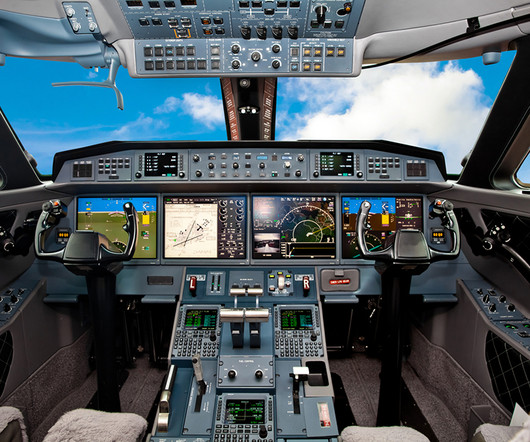
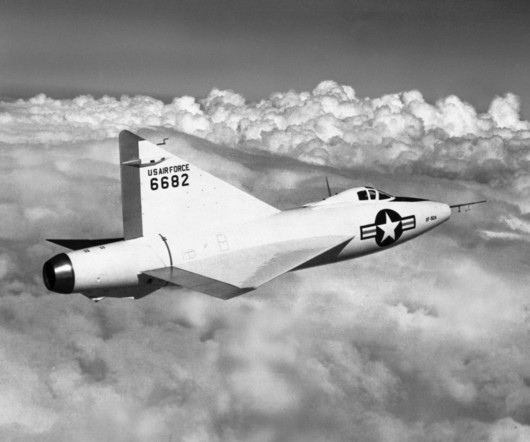
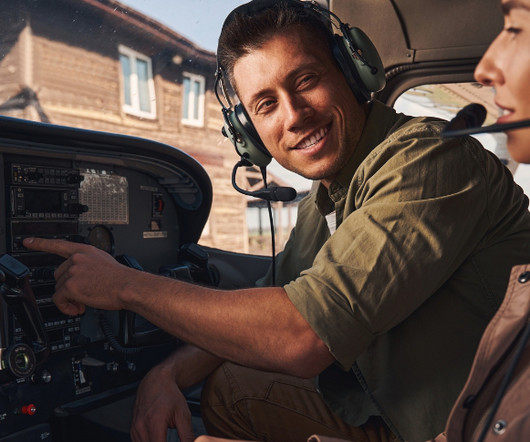

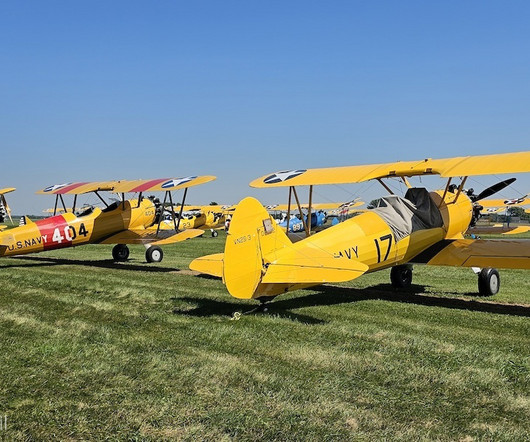



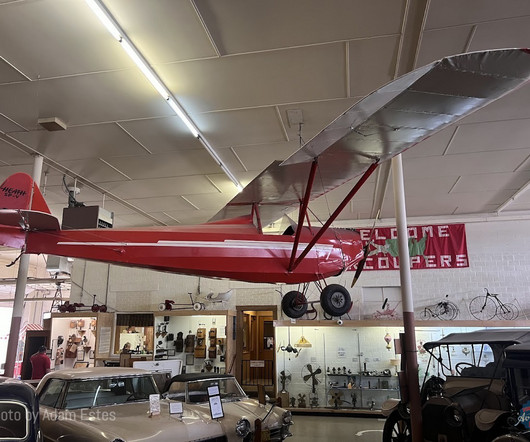


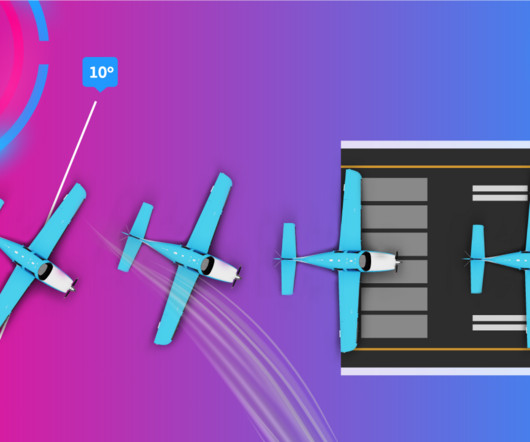

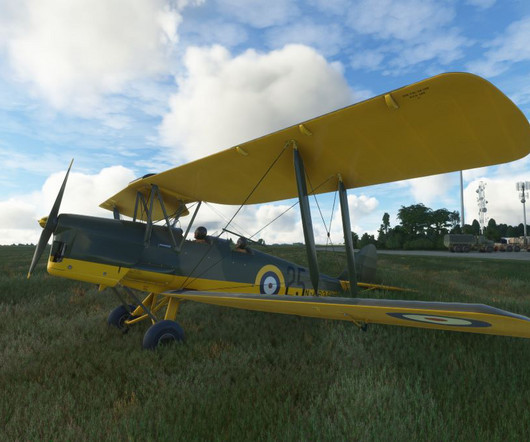
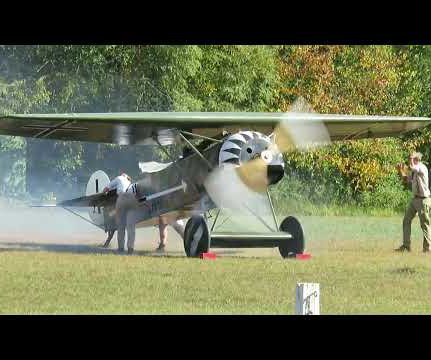






Let's personalize your content